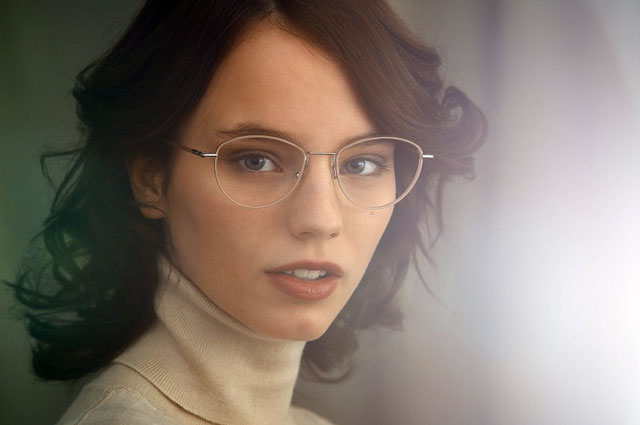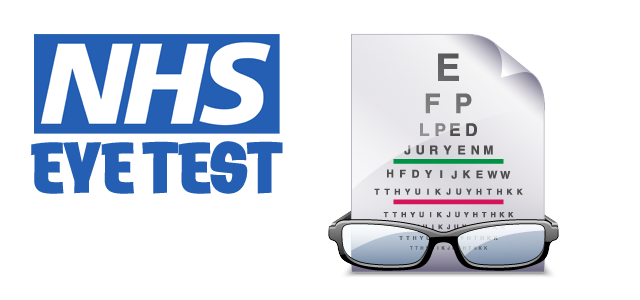![]()
Jack Brown Eyecare, Edinburgh Opticians.
Email: info@jbeyecare.com
Jack Brown Eyecare Branches
30 Elder Street, Edinburgh EH1 3DX
Tel: 0131 557 3531
Open in Google Maps
Westside Plaza, Edinburgh EH14 2SW
Tel: 0131 442 2333
Open in Google Maps

Photochromatic
Photochromatic Lenses are lenses that are clear indoors but darken and tint in response to sunlight. They are commonly referred to as ‘Transition Lenses’ which, like calling your Dyson the hoover, is actually a brand name. Transition Lenses are the most well-known and generally regarded as the best, hence their name being synonymous with Photochromatic Lenses. Other terms for these lenses are Reactions, Sun Sensors or Colormatics.
UV Light & The Eye

Living in Scotland, sunlight is in short supply and on the odd occasion that it makes an appearance, we naturally want to take advantage of the opportunity as it is not only enjoyable, it is beneficial to us both physically and mentally. At these times, we are well aware of the dangers of UV exposure to the skin and take sensible steps to mitigate this: sun cream, a hat or longer sleeves. But, do we consider our eyes?
The sun emits 3 types of UV radiation: UV-C which does not present a threat as it absorbed by the ozone layer (please see our Renewable, Recyclable, Refillable blog article for further information on how Jack Brown Eyecare are acting on climate change advice). UV-A and UV-B however can have damaging effects on the eyes and vision.
Sunburnt Eyes?
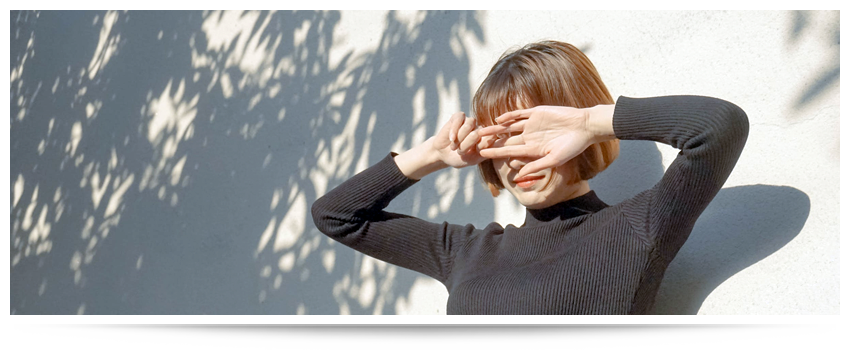
You may be surprised to hear, and fortunately it is not very common, but a lot of sun exposure in a short period of time can result in sunburnt eyes, more accurately, overexposure of the cornea (front clear part of the eye over the pupil) and conjunctiva (the clear membrane that covers the white part of the eye and under side of the eyelids). This can be a result of sunlight, or more likely the use of tanning beds without adequate eye protection. Symptoms include red, gritty or watery eyes but fortunately this is usually only temporary and rarely causes lasting damage.
More serious long-term effects of sun exposure over a lifetime are increased risk of developing cataract and age-related macular degeneration. The cumulative effect of the UV exposure that causes the cataract (clouding of the lens in the eye) or AMD (damage to the retina and loss of sight in later life), combined with lifestyle and genetics, play a part in the age of onset and their severity of these conditions.
Tinted UV blocking lenses are recommended to help avoid both occurrences described above plus others issues like pterygium or solar retinopathy (we do not recommend you look directly at the sun even with strong sunglasses on). A good pair of sunglasses displaying UV400 (blocking wavelengths up to 400nm, including 99-100% of UV-A/B) or CE mark means that the lenses conform to the necessary British standard and provide protection to the eye.
Photochromatic Lenses & How They Work
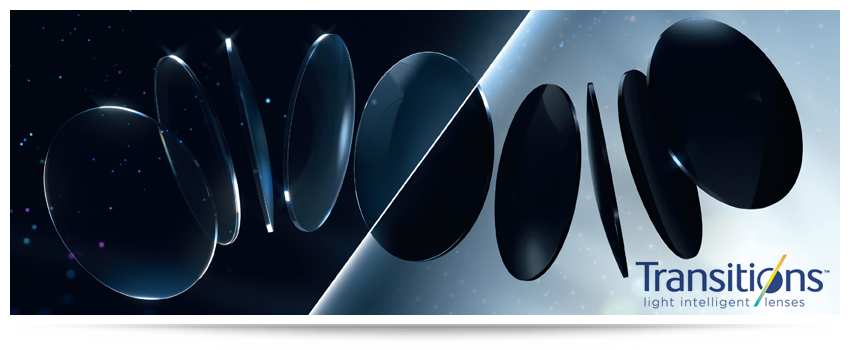
Photochromatic Lenses are specially formulated to adapt to changing light conditions. Generally, they are clear indoors and at night, but when outside in bright light, the lenses automatically tint to a level matching the conditions. The lenses contain millions of silver halide and chloride particles which react when exposed to UV light by oxidising and separating, blocking incoming light and darkening the lens. Historically, as they only responded to UV exposure, they did not work behind the windshield of a car but with recent developments, now they can (ask in store about Xtractive Transitions).
What is the benefit of Photochromatic Lenses?
There are many benefits to having a single pair of glasses rather than carrying a separate pair of sunglasses:
- Convenient and hassle free, no more juggling multiple pairs of glasses
- Proven to be beneficial in reducing light sensitivity and glare
- Full 100% UV-A/B protection all day, every day, plus filtering up to 87% harmful blue light outdoors and 20% indoors
- Often a cheaper option than purchasing a clear and tinted pair of glasses
- Unlike sunglasses, the world does not feel dark when looking out even when fully activated, giving clear and comfortable vision in all conditions
Opinion
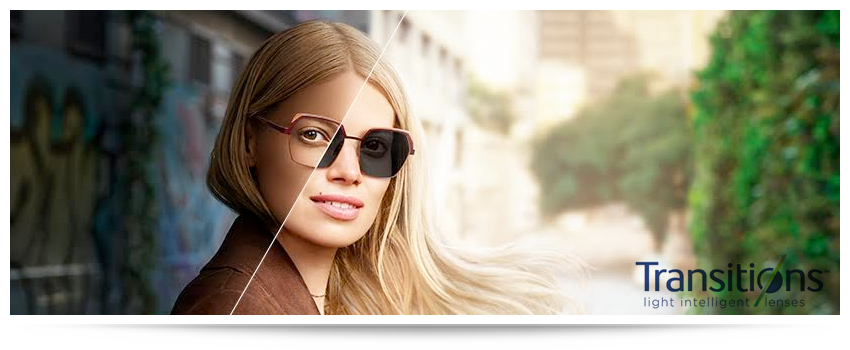
At Jack Brown Eyecare we favour Transition Lenses are these are the best photochromatic lenses. They offer a wide choice in performance, finish and colours. Gen 8 are the newest option offering quicker activation/fade back and indoor clarity. Xtractive when fully reacted are even darker and provide up to 50% reaction even in the car. There are also the newer range of style colours and mirrored Transition options available. All options come with a “Love it” guarantee meaning if you try and they do not perform as expected, they can be returned and replaced with clear lenses free of charge. Ask in store for further details.
Article written by Andy Connell | Optometrist | General Manager
text size >
